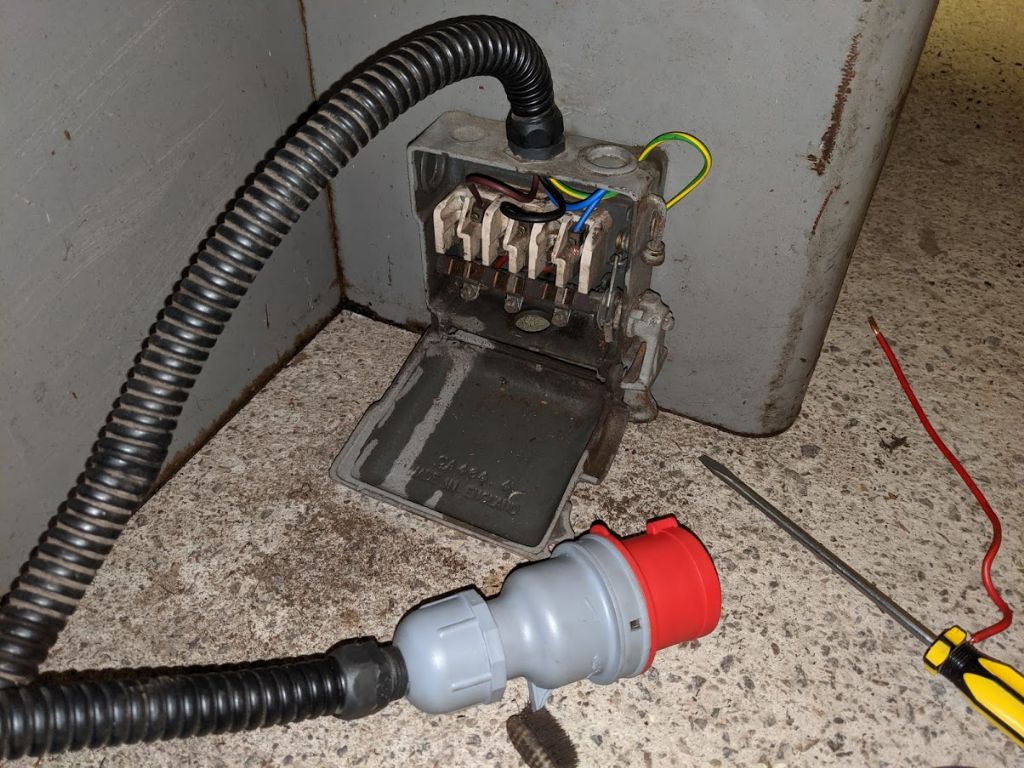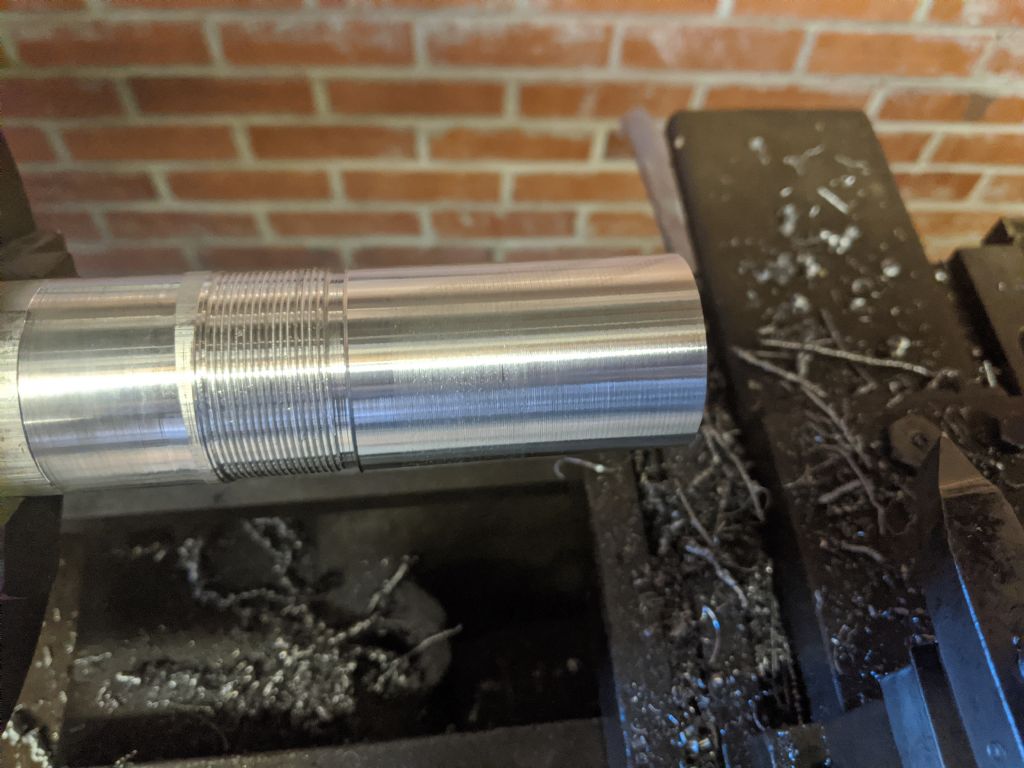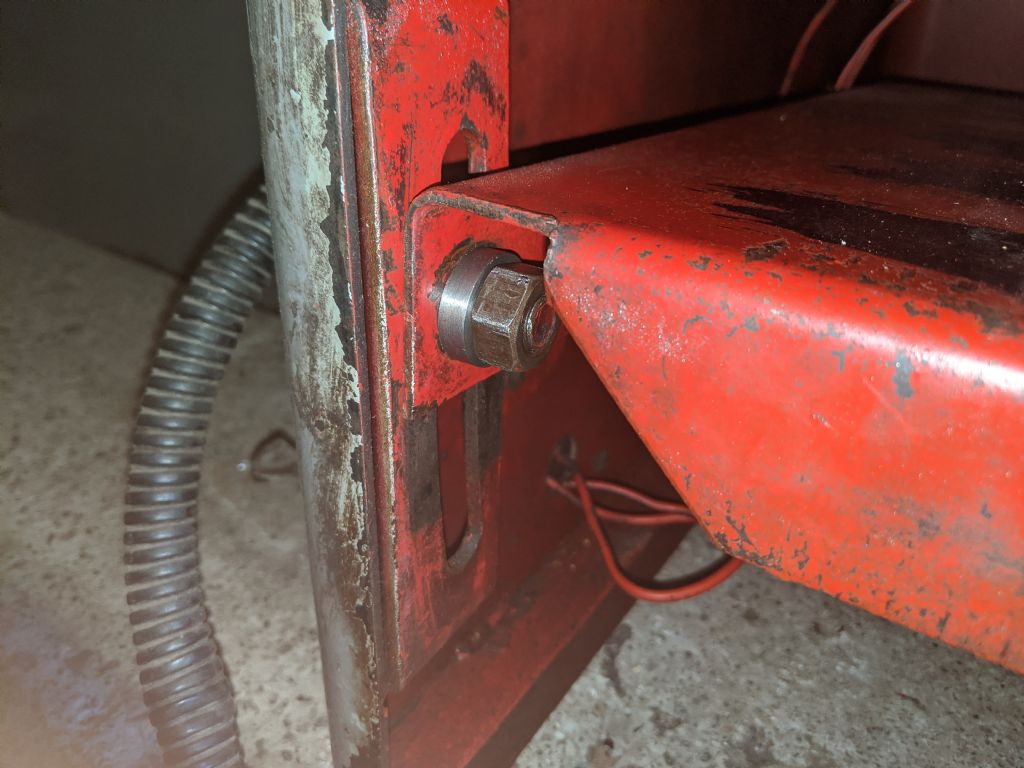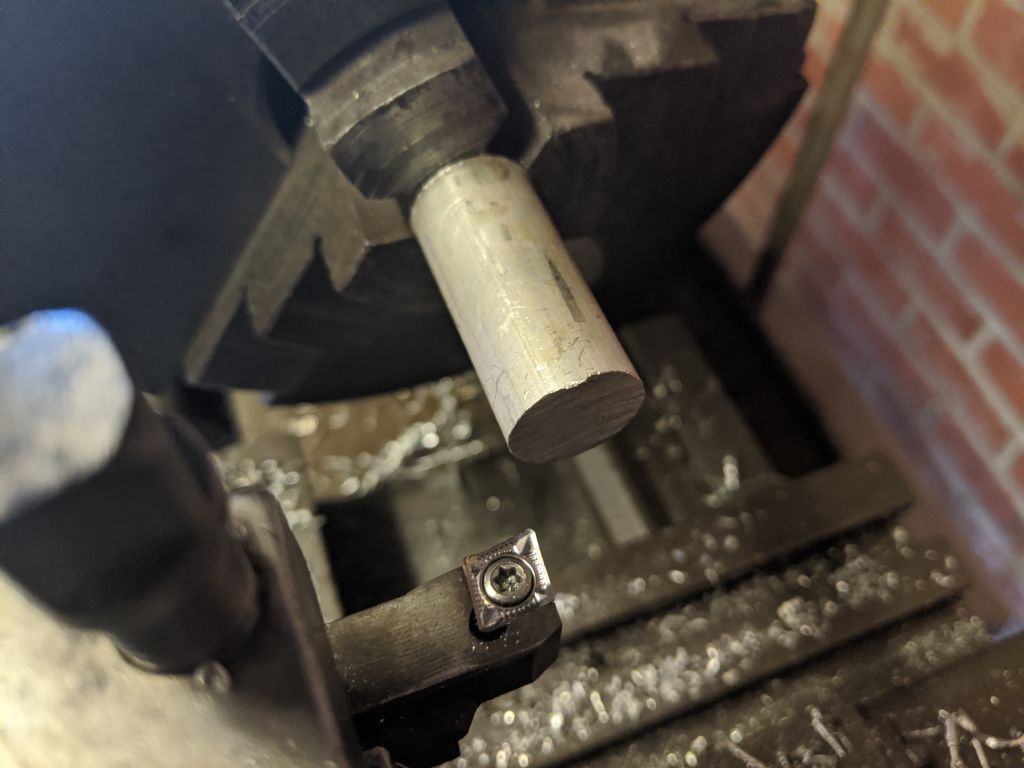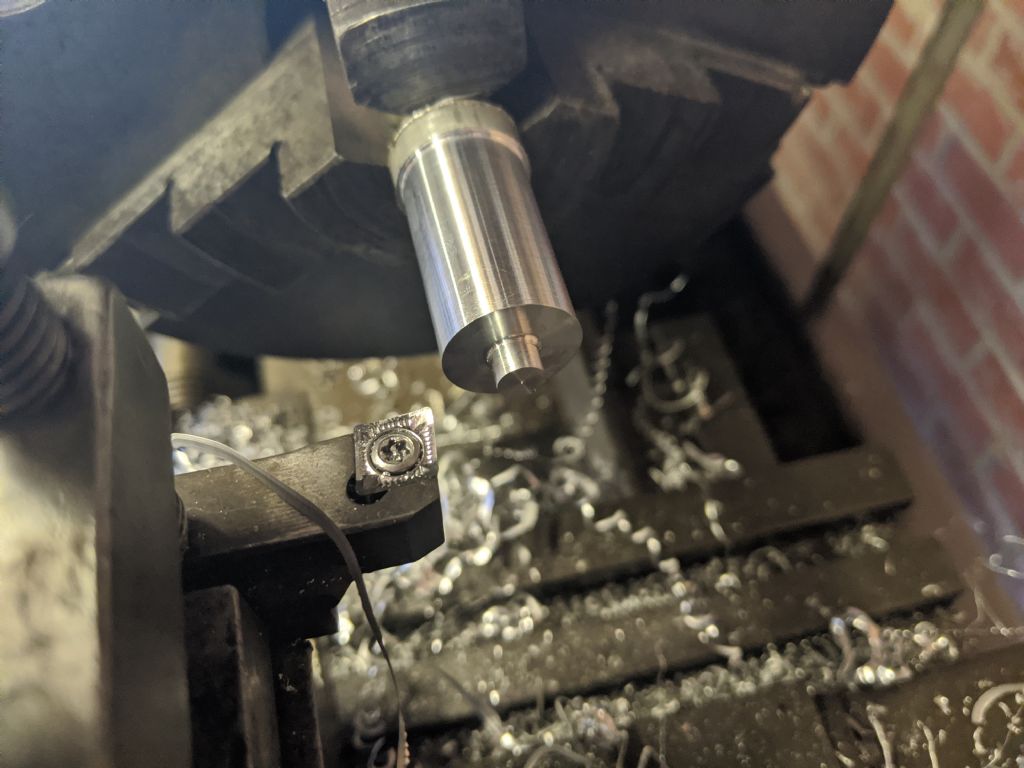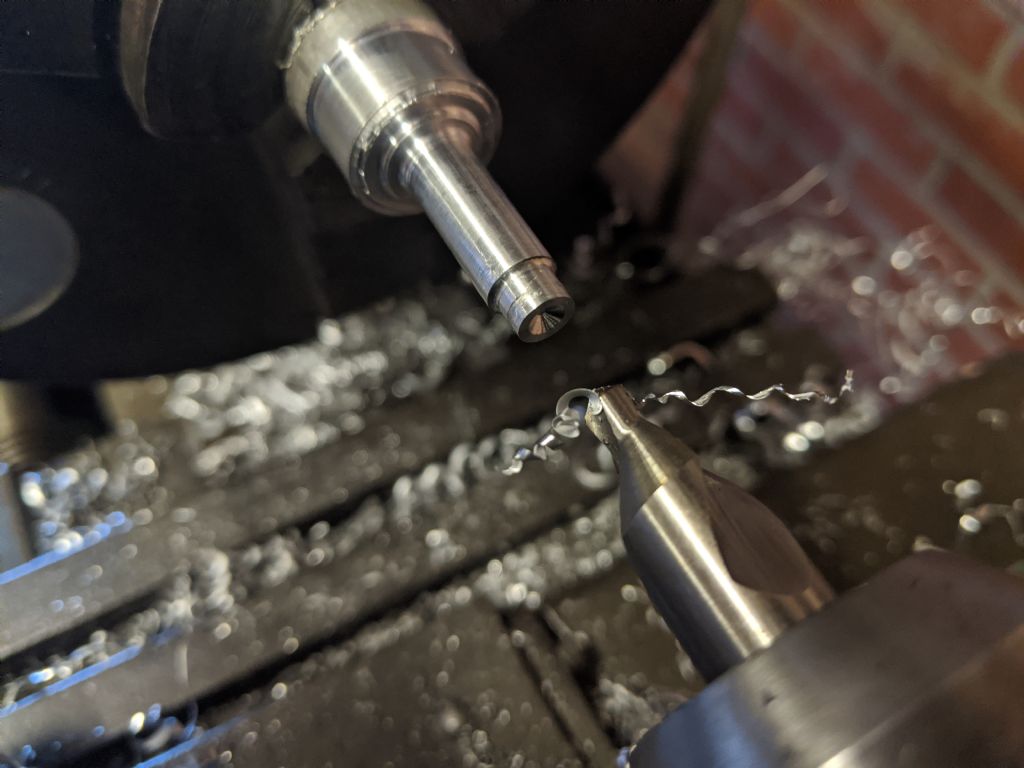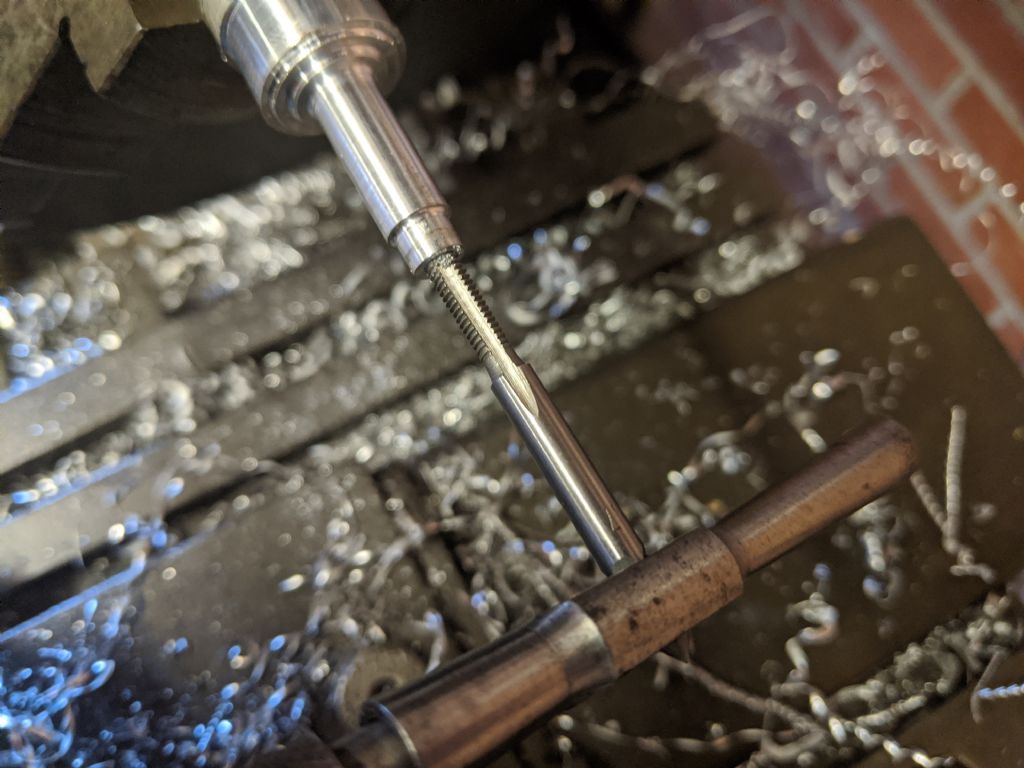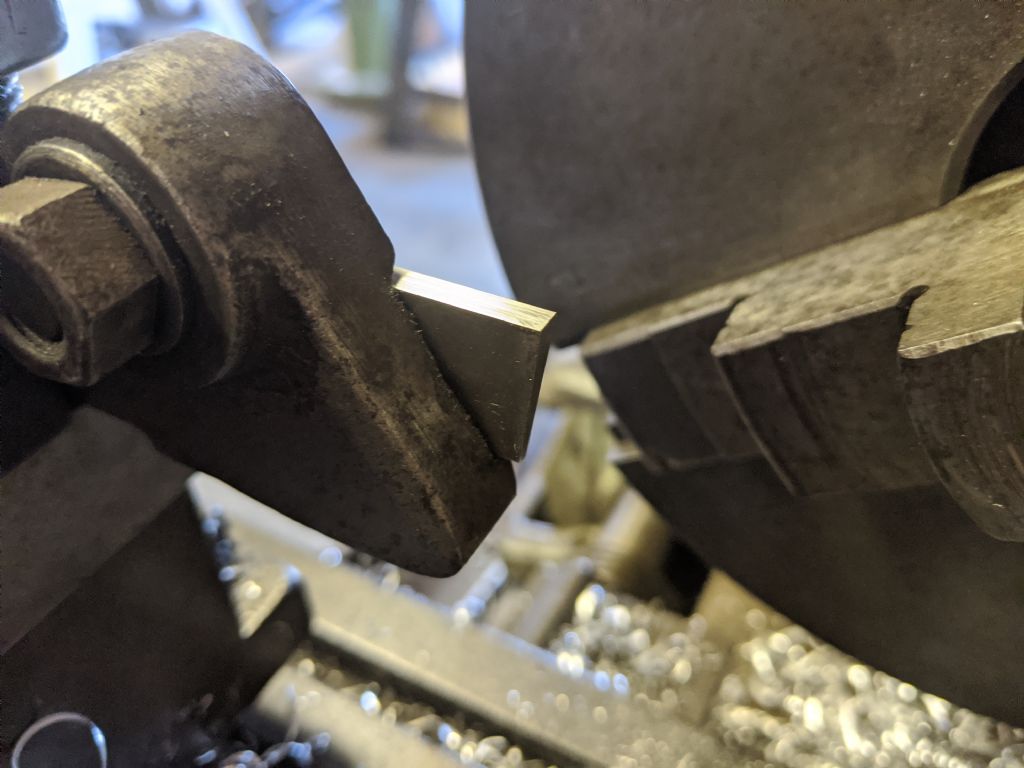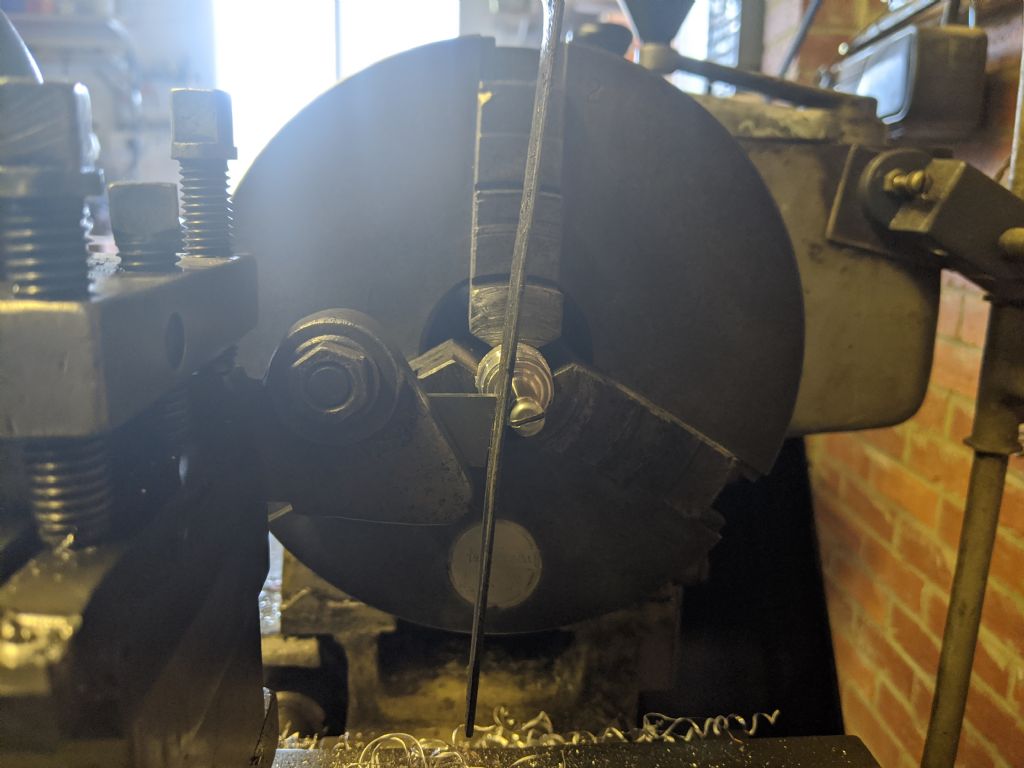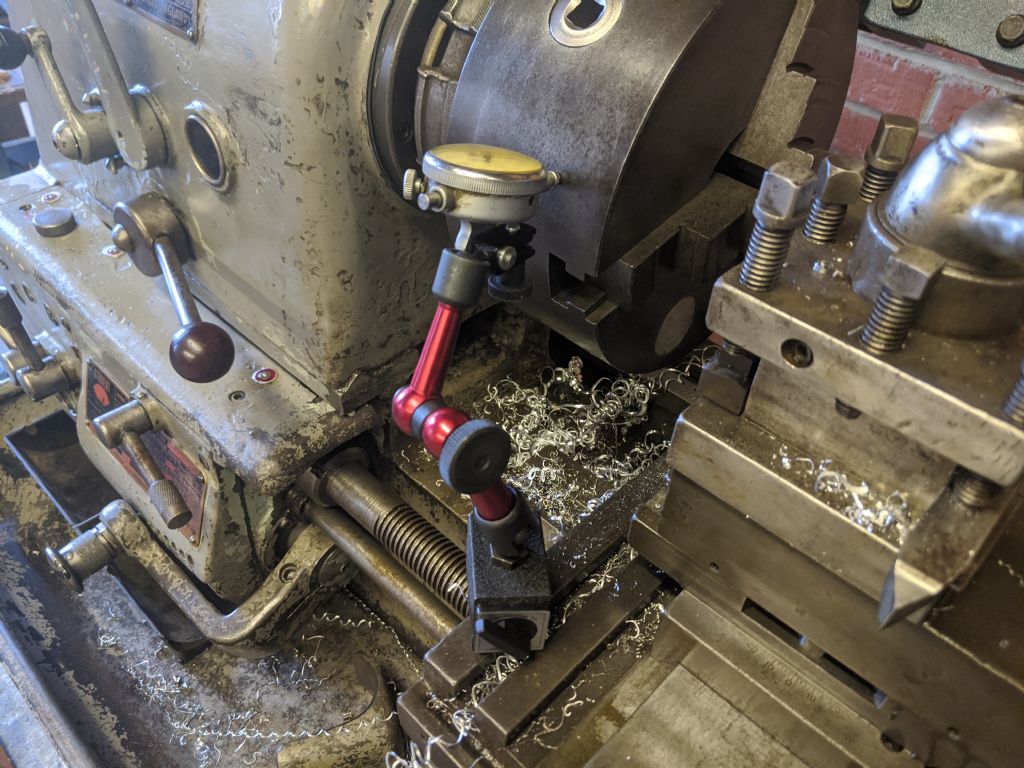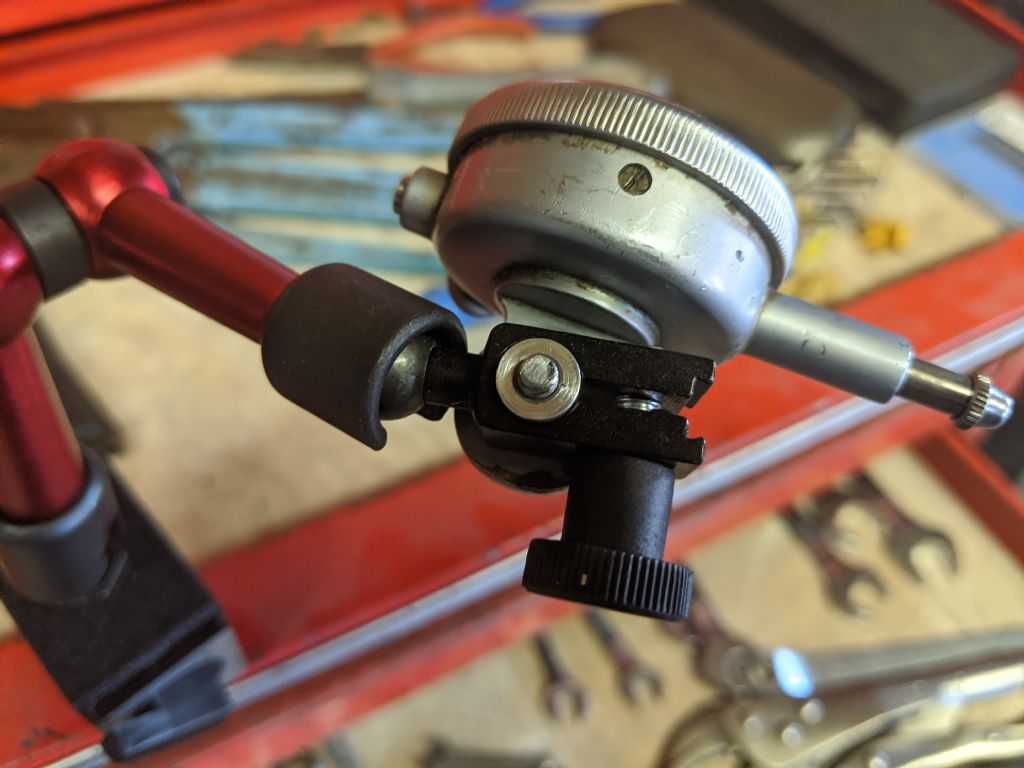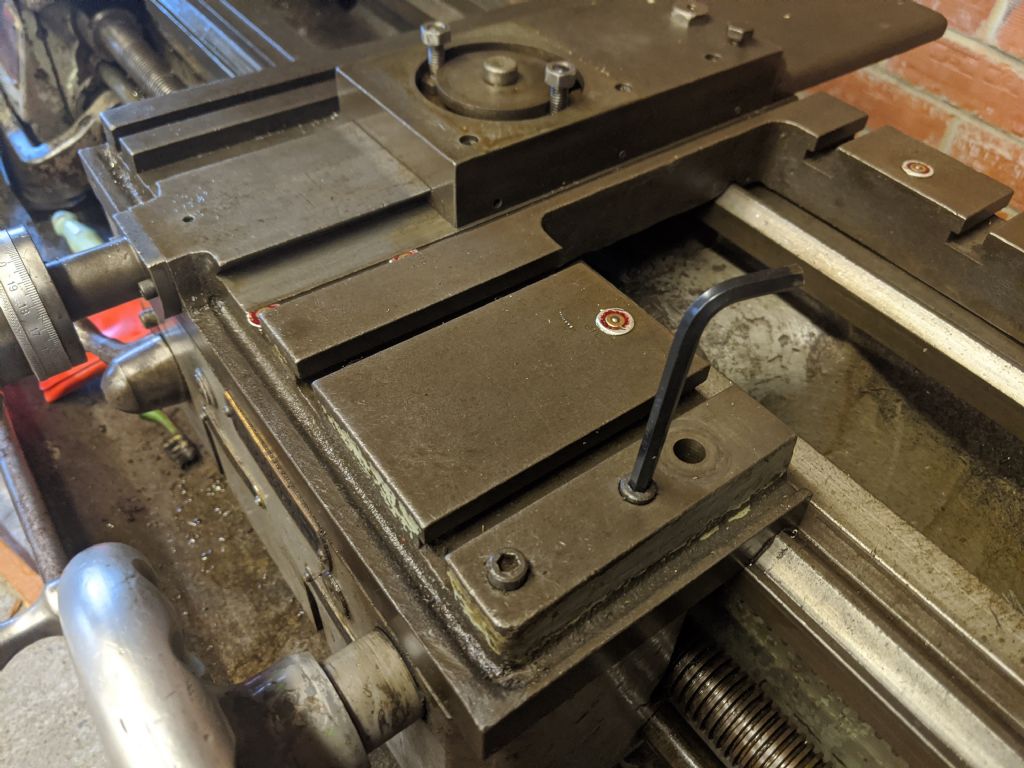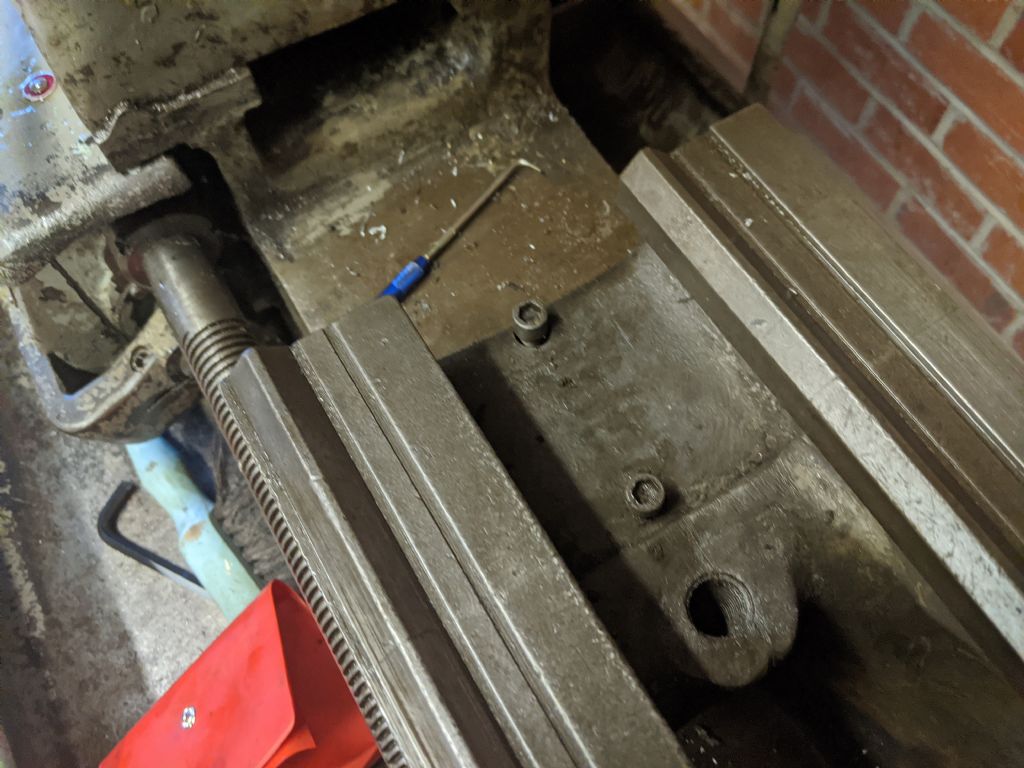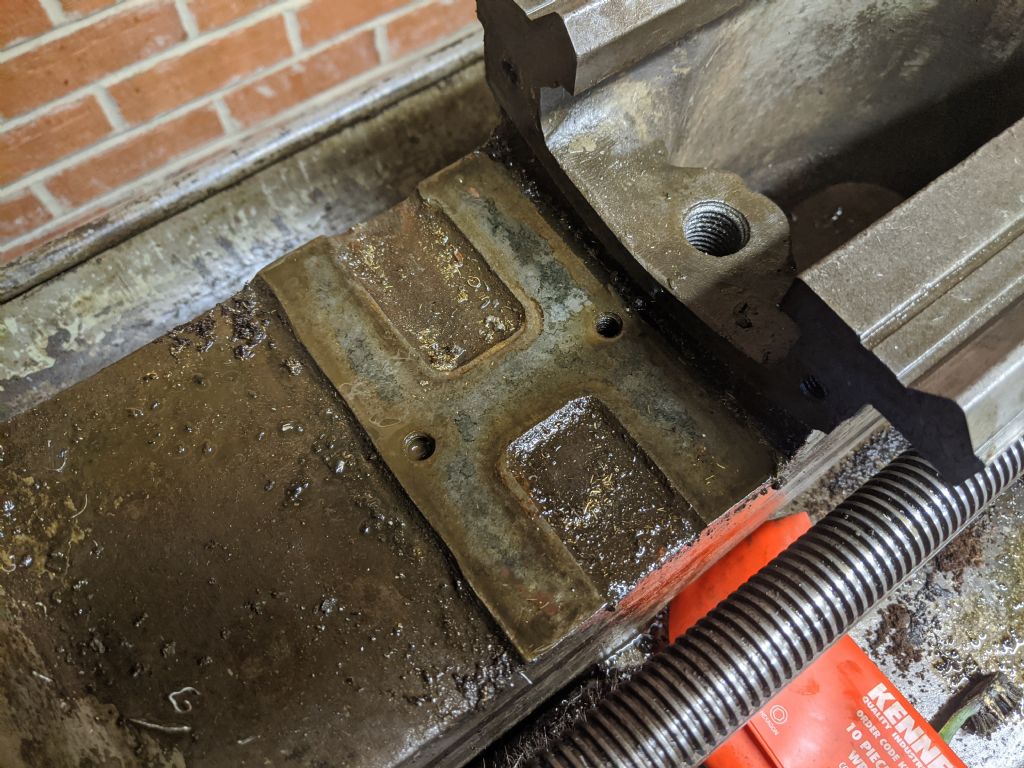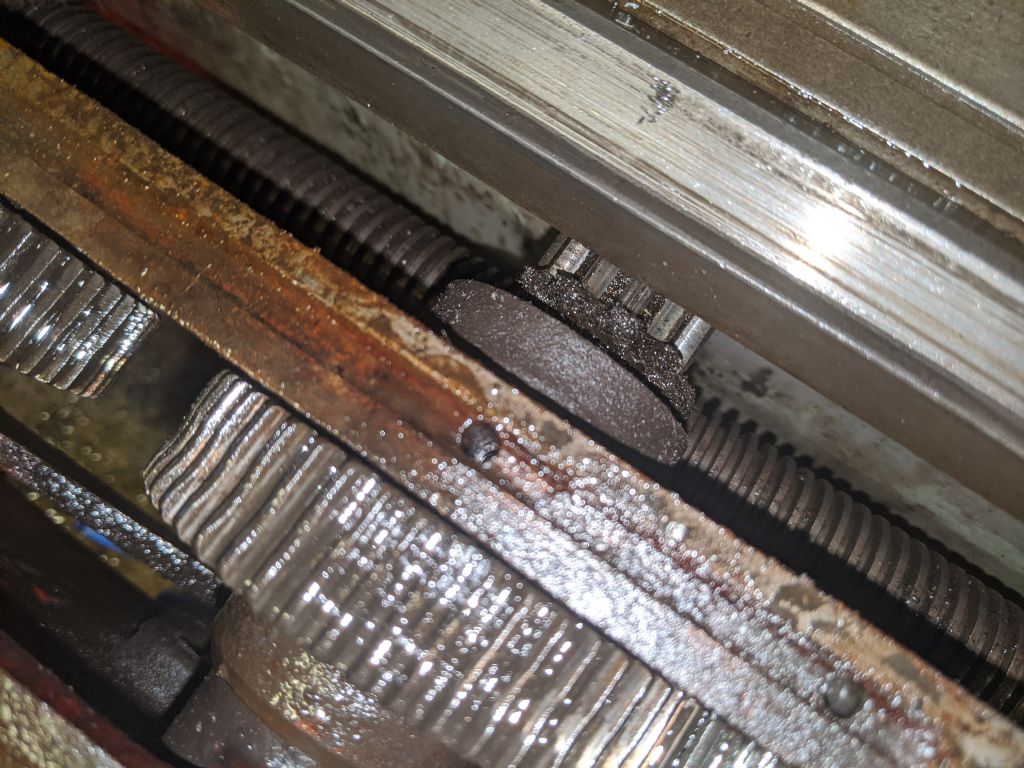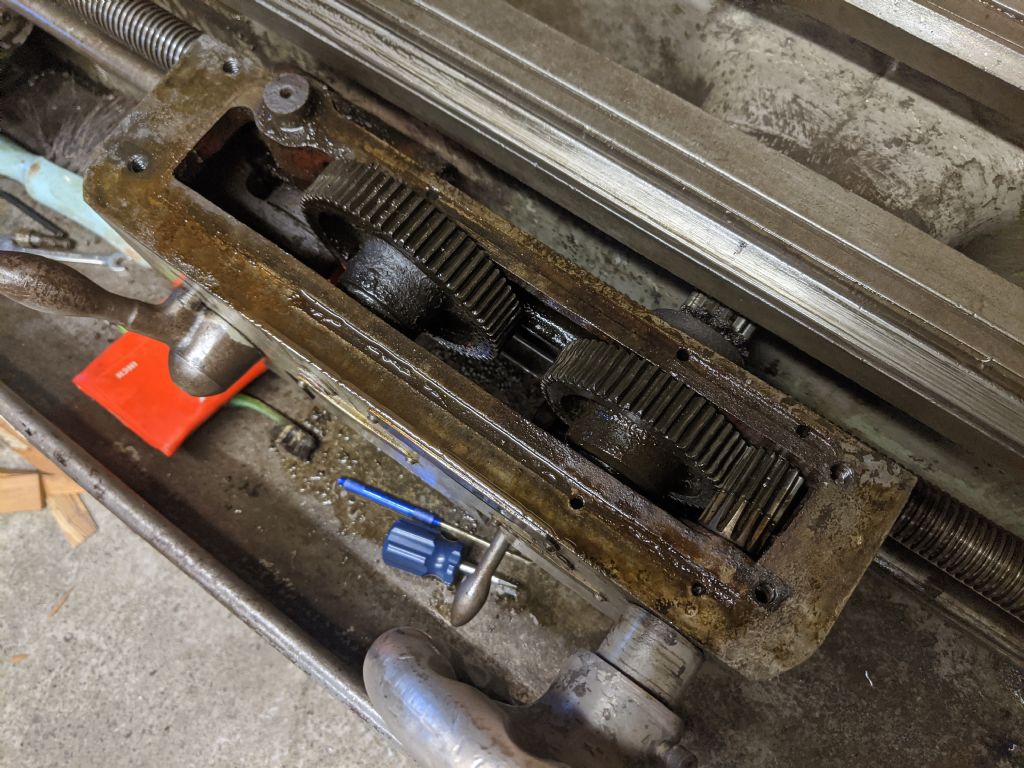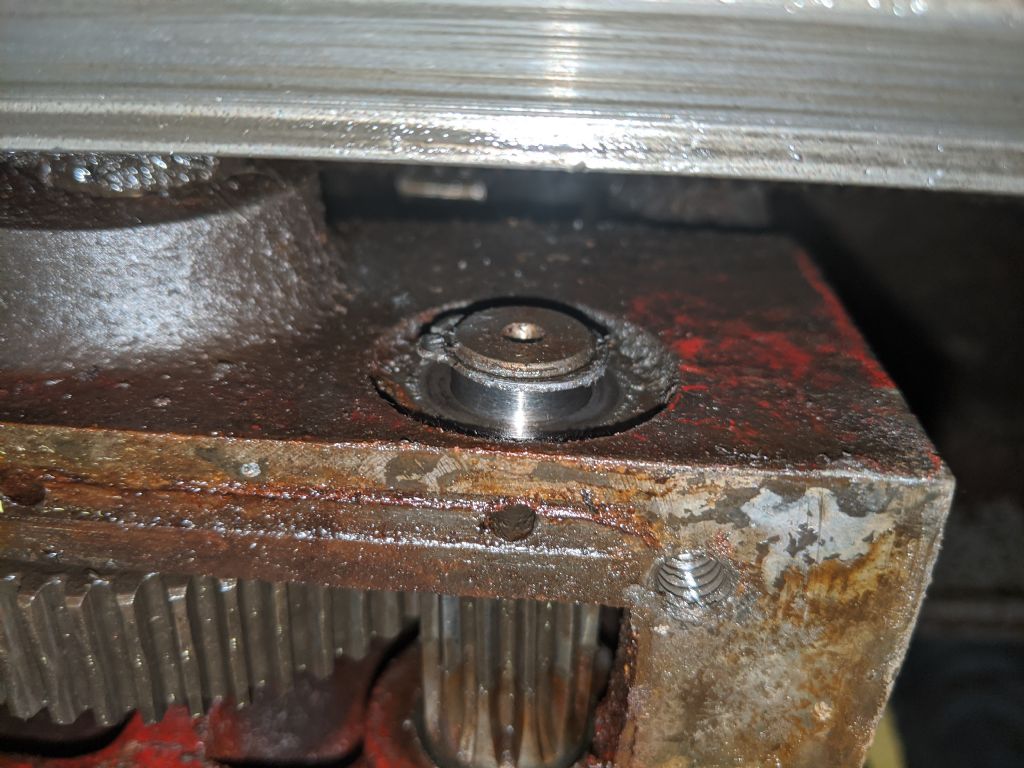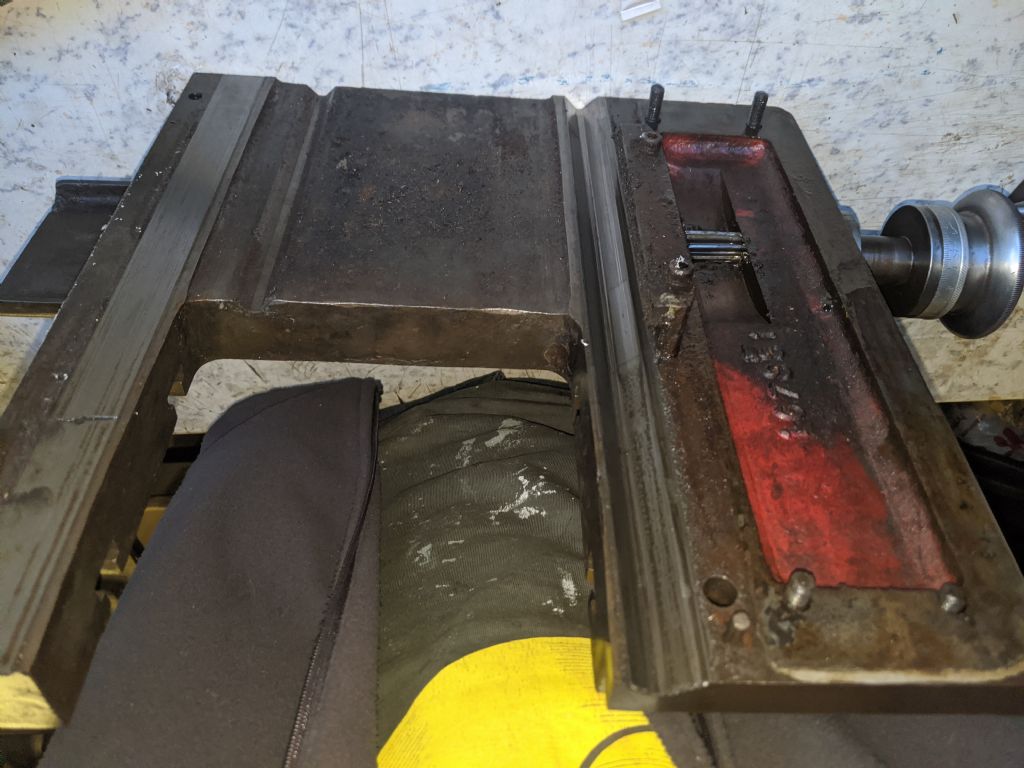Hi Richard, You dont have to cover all the wire, only where it is exposeed, it is fine when it is inside an enclosure, like inside the switch or the control panel, but it must be protected when it is in the open, or where it goes through any holes in metalwork to prevent vibration wearing away the sheath and exposing bare copper. the metal or plastic flexible conduit fulfills this purpose.
I dont like the idea of feet on a lathe, although many people do use them. If you check the manual, my manual says it has levelling screws ( mine hasnt, or any threaded holes) and it does detail using them to get the bed straight. See what your manual says. There is little point in putting feet on the colchester, it is the bed of the lathe that needs to be level, or more accurately, straight (without twist) and leveling the cabinet will not neccasarily achieve this. If you look at my video of the rebuild on my lathe, you will see a slide of the refitting of the bed to the cabinet, and you will notice that it is only fitted to the cabinet with three bolts, which have sealing washers on them to stop coolant leaking in to the base. I think it would be a lot easier to level (straighten) the bed at this point, instead of applying twist to the cabinet, and hoping that this twists the bed in the right manner. However, it may be that given the small amount of twist required, doing the adjustment between the bed and the cabinet will result in too much bed movement, I don't know, because I am not going to do mine untill I have fitted the new bearings.
What I would do for now is to get the lathe sitting flat on the floor, with the cabinet well supported all round, you can use sheet metal shims to stop any rock if the floor has any low spots, , and then do a test cut to see if there is taper, and which direction it needs twisting in. There are loads of good videos on youtube showing you how to do this. Using a level, you need to level across the bed at each end using a precision engineers level, and the difference in the readings is the amount of twist you have. All things considered, it is more important to see how much taper the lathe turns in use, and correct as much as you can, without becomnig too obsessed with ultimate accuracy. "Rollies dads method" looks good to me, but bear in mind that I have never done this to my Colchester at all (although I fully intend to in the fullnes of time)l, and it has always made the parts I wanted, to an accuracy that was easily sufficient for what I was building or modifying. Have a look at "home made lathe machine" on you tube to see what this guy makes with his home built machine tools.
That coolant pump is very noisy, sounds like bad bearings, but easy to strip and replace them, cheap too compared to what a new one costs!
Phil
Edited By Phil Whitley on 08/04/2020 18:58:52
Phil Whitley.


